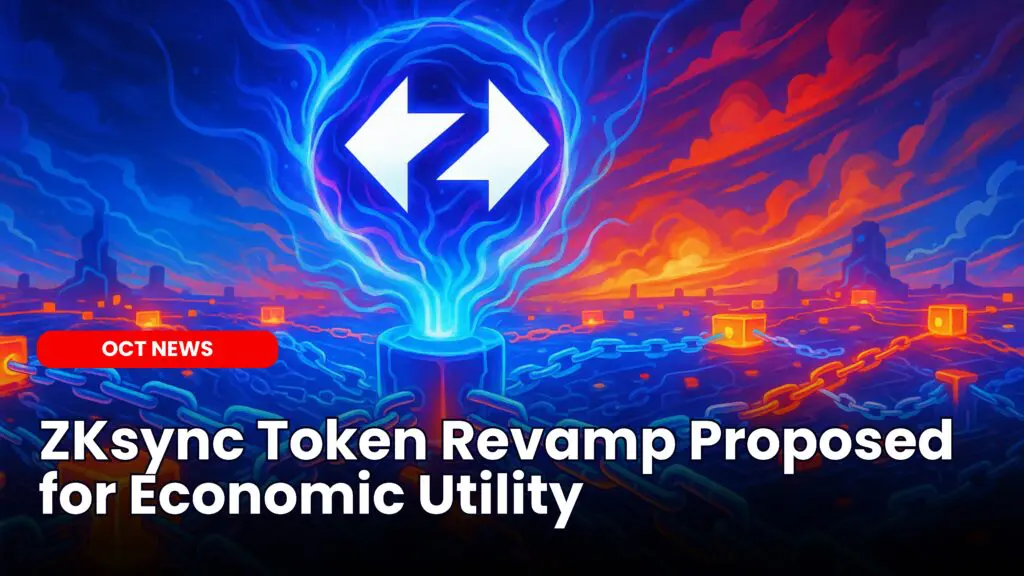
ZKsync token revamp aimed at adding economic utility, value capture, and sustainable incentives across its expanding Layer-2 ecosystem.
Author: Akshat Thakur
Published On: Wed, 05 Nov 2025 09:37:35 GMT
November 5, 2025 – The ZKsync token revamp has been formally proposed by co-creator Alex Gluchowski, who argues that the network must transition from a governance-only model to one driven by economic utility and onchain value capture. He explained that the token’s early design served its purpose when ZKsync was still developing, but the ecosystem has since expanded into a network of interconnected ZK chains that requires a sustainable economic engine.
Gluchowski explained that the original ZKsync token was intentionally simple, focusing solely on governance while the architecture matured. But with the ecosystem now connecting multiple ZK chains, supporting evolving applications, and handling greater settlement volumes, he believes the token must evolve as well.
The new model aims to align network usage with token value, creating a feedback loop where adoption strengthens the economy, and the strengthened economy supports further development and security. This shift is meant to safeguard decentralization by ensuring that the network’s core participants are funded by the network itself not dependent on any central sponsor.
The revamped token model introduces direct onchain and offchain revenue streams that contribute to economic value. Onchain revenue would come from protocol-native fees tied to interoperability, cross-chain settlement, and messaging, all of which are becoming essential services as ZKsync expands.
Offchain revenue would be generated through licensing agreements with large enterprises that integrate ecosystem-funded infrastructure into their internal systems. These agreements, Gluchowski argued, reflect the need for fair compensation when institutions benefit from community-developed technology in complex and high-value contexts.
All value captured through fees and licensing would be consolidated into a governance-controlled treasury responsible for distributing capital across multiple functions. Buybacks would support token price stability, while controlled token burns would reduce supply and improve scarcity.
Staking incentives would reward participants who secure and maintain the network, and a portion of funds would be allocated to ecosystem growth, including public goods development and grants. The goal is to create a self-sustaining economic engine where increased adoption naturally increases the resources available to strengthen ZKsync.
The proposal has been shared widely across the ZKsync forum and X to encourage community review and refinement. Earlier this year, Matter Labs published an early version of this direction under the “ZKnomics Roadmap Vision,” setting expectations for an economic model tied to protocol revenue.
However, Gluchowski noted that a detailed implementation timeline will only be provided after broad community consensus is reached. For now, the proposal marks the beginning of a deeper shift in ZKsync’s tokenomics, signaling a move toward a long-term, economically sustainable framework.
Real voices. Real reactions.
Our Crypto Talk is committed to unbiased, transparent, and true reporting to the best of our knowledge. This news article aims to provide accurate information in a timely manner. However, we advise the readers to verify facts independently and consult a professional before making any decisions based on the content since our sources could be wrong too. Check our Terms and conditions for more info.

